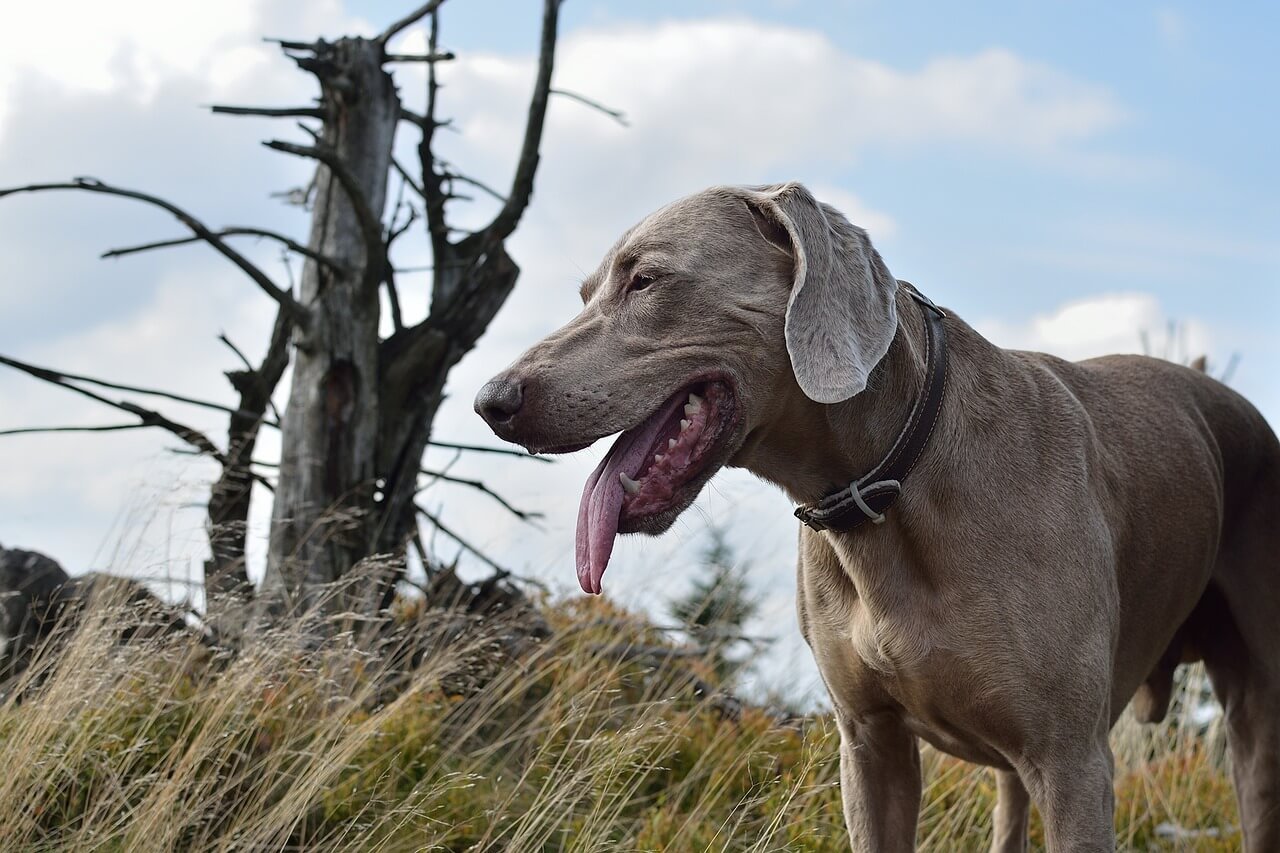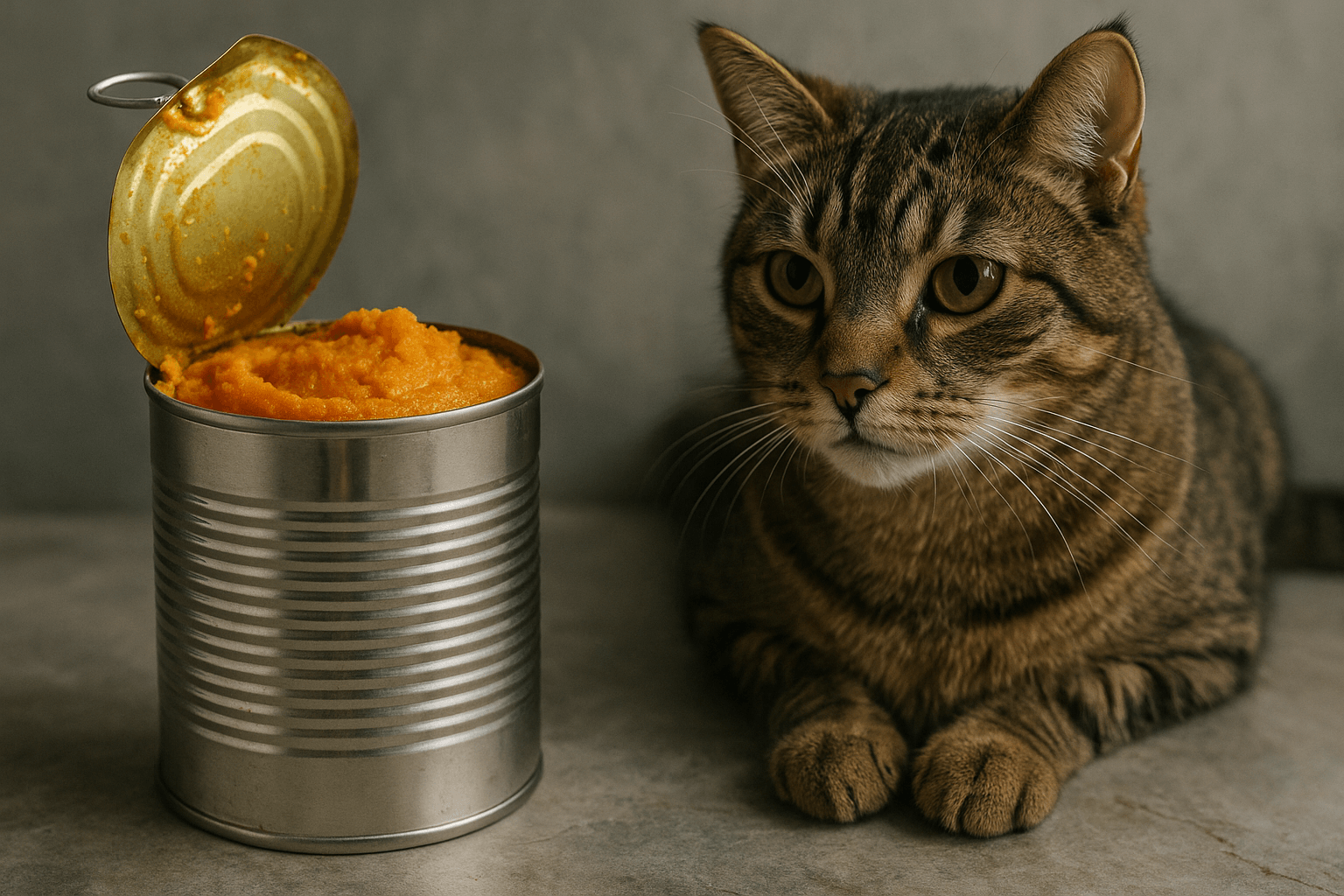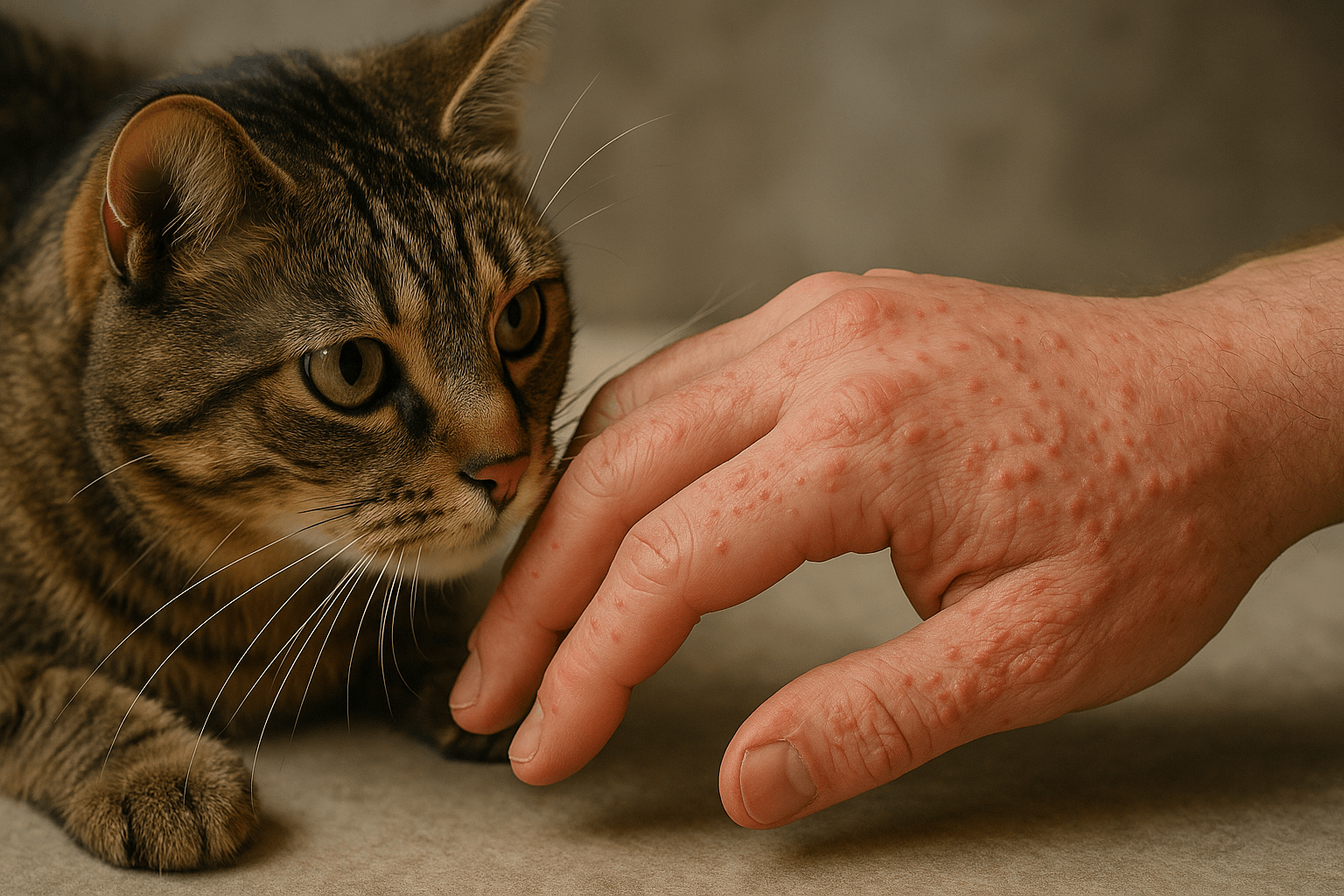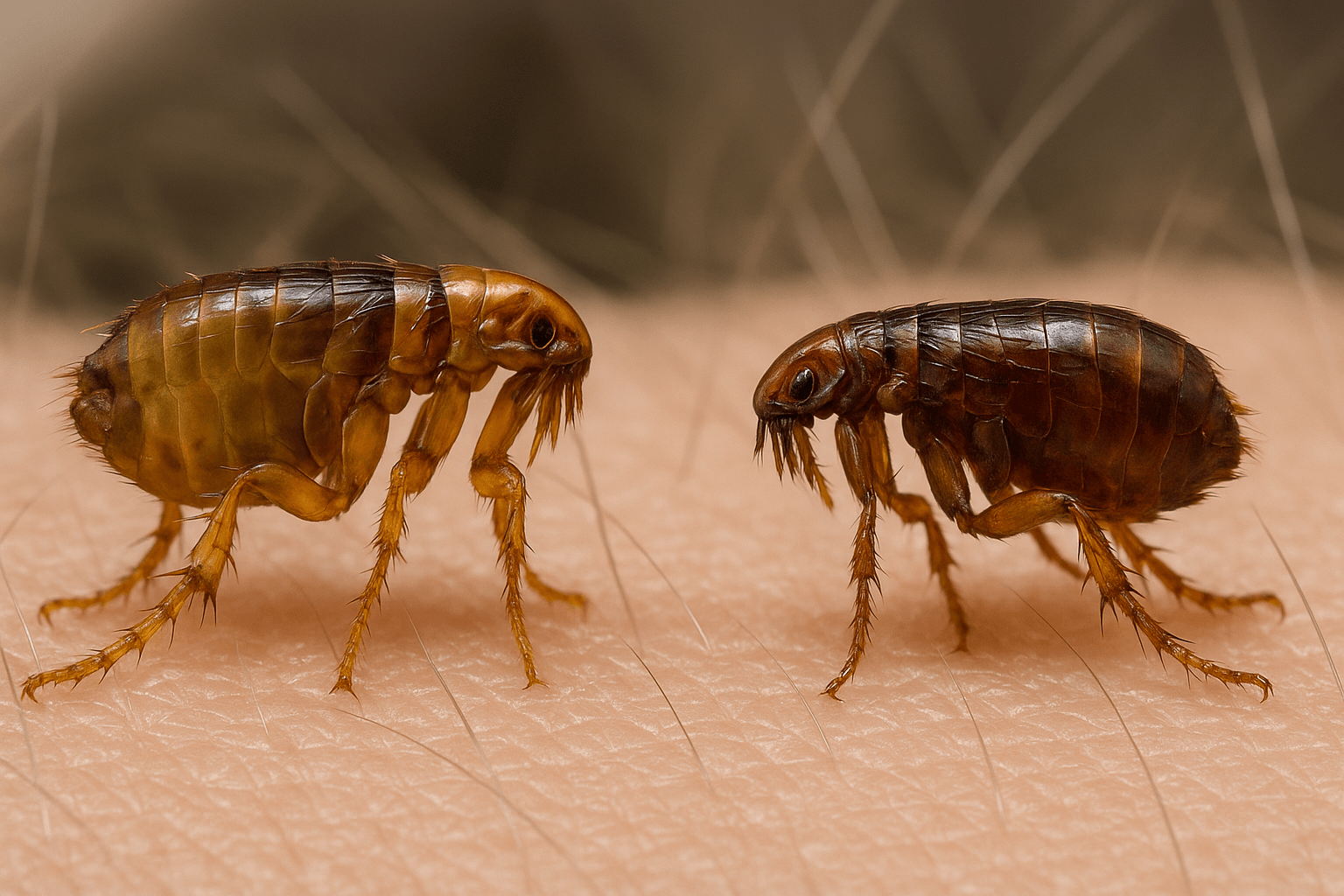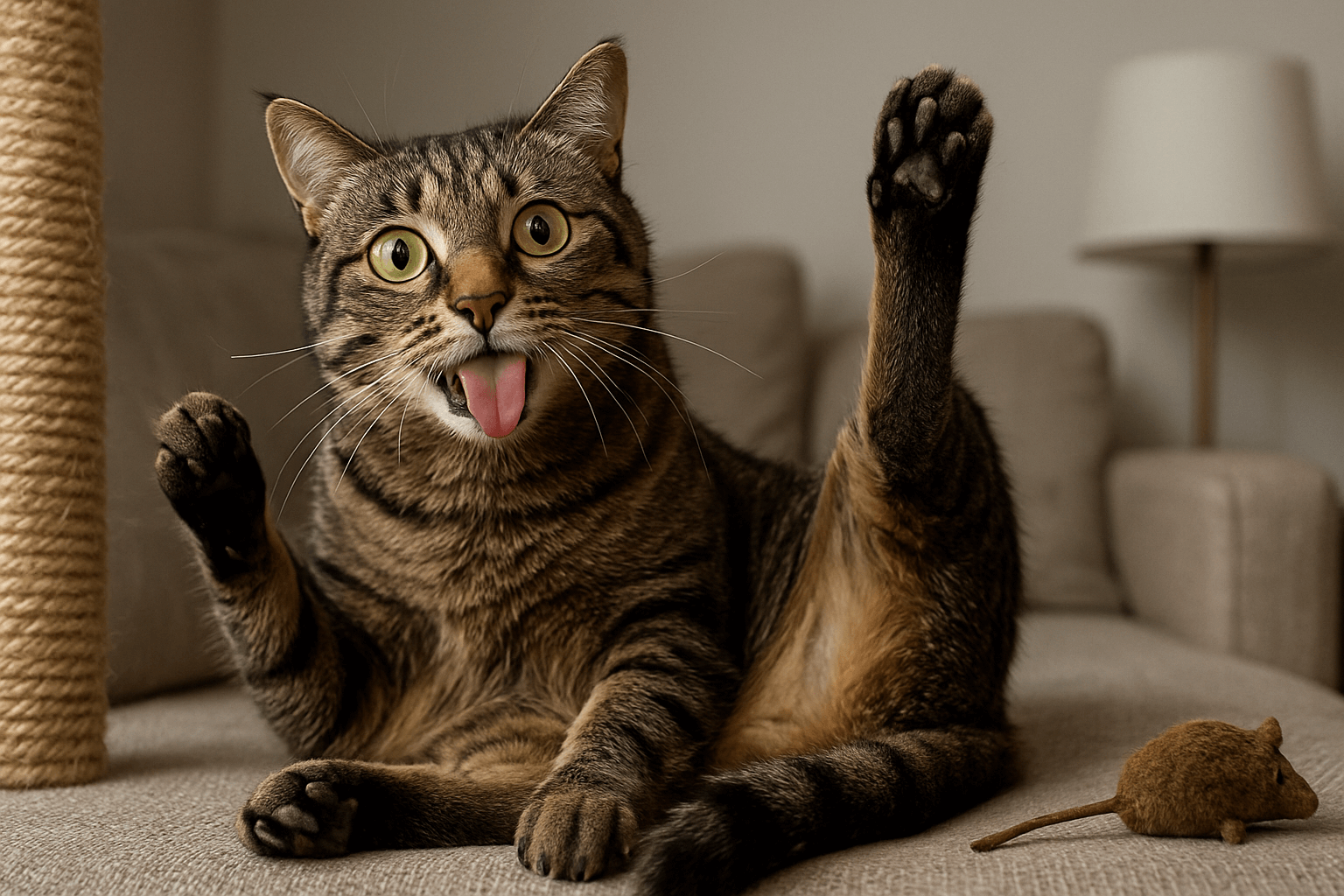What Color Toys Are Best for Dogs? Unlocking the Secrets to Canine Preferences
Choosing the right toys for your dog is more than just picking something cute or trendy—it’s about understanding what truly engages and excites them. One often-overlooked factor in selecting the perfect toy is its color. While humans are drawn to bright, vibrant hues, dogs see the world differently, and their preferences may surprise you. In this blog post, we’ll explore the science behind canine vision, discuss which colors are most appealing to dogs, and provide practical tips for choosing toys that keep your furry friend entertained and happy. Whether you’re a new dog owner or a seasoned pet parent, you’ll discover how the right color can make all the difference in your pup’s playtime experience.
Understanding Dog Vision: How Colors Impact Toy Preferences
Dogs don’t perceive colors the same way humans do. Their vision is limited to a specific range of colors, which means some hues stand out more than others. Understanding how dogs see the world can help you choose toys that are visually stimulating for them.
Limited Color Spectrum:
Dogs are dichromatic, meaning they primarily see shades of blue and yellow. Colors like red and green appear gray or dull to them.Contrast Matters:
Toys with high contrast, such as blue against white or yellow against black, are easier for dogs to spot and track during play.Avoid Red Toys:
Red toys may look like a muddy brown or gray to dogs, making them less appealing and harder to find during games of fetch.Blue and Yellow Stand Out:
Toys in shades of blue and yellow are the most visible to dogs, making them ideal choices for outdoor and indoor play.Size and Shape Also Matter:
While color is important, consider the size and shape of the toy to ensure it’s safe and comfortable for your dog to carry and chew.
By focusing on colors that align with your dog’s visual capabilities, you can enhance their playtime experience and keep them engaged for longer periods. Remember, it’s not just about what looks good to us—it’s about what works best for them.
Top Toy Colors for Dogs: A Guide to Choosing Wisely
Now that we’ve explored how dogs perceive colors, let’s dive into the best toy colors that cater to their unique vision. These recommendations will help you select toys that are both fun and functional for your pup.
Bright Blue:
Blue is one of the most visible colors to dogs, making it an excellent choice for toys used in outdoor activities like fetch.Vivid Yellow:
Yellow stands out well in natural environments, especially against grass or dirt, making it perfect for outdoor play.Two-Tone Combinations:
Toys with blue and yellow patterns provide maximum visibility and stimulation for your dog’s eyes.Neon Colors:
Neon shades of blue and yellow can be even more eye-catching, especially in low-light conditions.White Accents:
Adding white to blue or yellow toys creates a high-contrast effect, making them easier for dogs to locate.
Choosing toys in these colors ensures that your dog can easily see and interact with them, enhancing their overall enjoyment. By prioritizing visibility, you’re setting your pup up for hours of fun and engagement.
Check this guide 👉Top 5 Ultimate Indestructible Dog Toys for Aggressive Chewers!
Check this guide 👉How to Wash Dog Toys: 7 Tips for a Clean & Safe Playtime!
Check this guide 👉Top 5 Must-Have Dog Water Toys for Ultimate Summer Fun!

Best Toy Colors for Dogs | Why They Work |
|---|---|
Bright Blue | Highly visible and easy to track |
Vivid Yellow | Stands out in natural environments |
Blue and Yellow Patterns | Maximizes contrast and stimulation |
Neon Shades | Ideal for low-light conditions |
White Accents | Enhances visibility with contrast |
Factors Beyond Color: Other Considerations When Choosing Dog Toys
While color is an essential factor, there are other aspects to consider when selecting the perfect toy for your dog. These elements ensure that the toy is not only visually appealing but also safe and durable.
Material Durability:
Choose toys made from strong, non-toxic materials that can withstand chewing and rough play.Size Appropriateness:
Ensure the toy is the right size for your dog’s breed and jaw strength to prevent choking hazards.Interactive Features:
Toys with squeakers, ropes, or treat compartments can add extra excitement to playtime.Safety First:
Avoid toys with small parts or sharp edges that could pose a risk to your dog’s health.Activity Level Match:
Consider your dog’s energy level and personality when selecting toys to ensure they stay engaged.
By balancing color with these additional factors, you can provide your dog with a well-rounded selection of toys that cater to their needs and preferences. After all, the best toy is one that’s both fun and safe.
Seasonal and Environmental Considerations for Toy Colors
The environment and season can influence how well your dog sees their toys. Adapting your toy choices to different settings ensures maximum visibility and enjoyment year-round.
Summer Play:
Light-colored toys like white or neon yellow stand out against green grass and bright sunlight.Winter Play:
Darker shades like navy blue or toys with reflective accents are easier to spot against snow.Indoor Play:
Bright, contrasting colors like blue and yellow work well indoors, especially in dimly lit spaces.Low-Light Conditions:
Glow-in-the-dark or neon toys are ideal for evening play or areas with limited lighting.Water Play:
Floatable toys in bright colors like yellow or orange are easy to spot in pools, lakes, or rivers.
Adapting toy colors to the environment ensures your dog can always find and enjoy their toys, regardless of the season or setting. This thoughtful approach enhances their playtime experience and keeps them entertained.
Fun Facts About Dog Toy Preferences
Beyond color, there are fascinating insights into how dogs interact with their toys. Here are some fun facts to deepen your understanding of their preferences.
Scent Over Sight:
While color matters, dogs rely heavily on scent to identify and engage with toys. Scented toys can be particularly enticing.Texture Appeal:
Dogs often prefer toys with varied textures, as they stimulate their sense of touch and encourage chewing.Favorite Shapes:
Some dogs gravitate toward ball-shaped toys, while others prefer tug ropes or plush animals based on their play style.Breed-Specific Preferences:
Certain breeds may favor specific types of toys due to their natural instincts, such as retrievers loving balls or herding dogs enjoying frisbees.Toy Rotation Benefits:
Rotating toys regularly keeps your dog’s interest alive and prevents boredom.
These fun facts highlight the complexity of canine preferences and underscore the importance of tailoring toys to your dog’s unique personality.
DIY Tips for Customizing Dog Toys
If you’re feeling creative, customizing dog toys can be a fun and rewarding project. Here are some ideas to personalize toys for your pup.
Add High-Contrast Paint:
Use pet-safe paint to add blue or yellow accents to neutral-colored toys for better visibility.Attach Reflective Tape:
Enhance visibility by adding strips of reflective tape to toys for nighttime play.Create Scented Toys:
Infuse fabric toys with safe scents like vanilla or lavender to make them more appealing.Make Tug Ropes:
Braid old t-shirts or towels into durable tug ropes for interactive play.Upcycle Household Items:
Repurpose items like empty plastic bottles (wrapped in fabric) into crunchy, engaging toys.
Customizing toys allows you to tailor them to your dog’s preferences while adding a personal touch to their playtime.
Signs Your Dog Needs New Toys
Even the best toys wear out over time. Here are signs that it’s time to replace your dog’s toys with fresh options.
Visible Wear and Tear:
If a toy has holes, loose parts, or frayed edges, it’s time to replace it to avoid choking hazards.Loss of Interest:
If your dog no longer engages with certain toys, introducing new colors or shapes can reignite their curiosity.Fading Colors:
Toys that have lost their vibrancy may no longer be as stimulating for your dog.Odor Build-Up:
Toys that smell unpleasant despite cleaning should be discarded to maintain hygiene.Behavioral Changes:
If your dog becomes destructive or disinterested in play, it may indicate a need for variety in their toy collection.
Recognizing these signs ensures your dog always has access to safe, engaging toys that keep them happy and entertained.
Frequently Asked Questions About Dog Toy Colors
What colors can dogs see?
Dogs primarily see shades of blue and yellow, while colors like red and green appear gray or dull to them.
Why are red toys not ideal for dogs?
Red appears muddy or gray to dogs, making it less appealing and harder for them to locate during play.
Are neon colors better for dogs?
Yes, neon shades of blue and yellow are more visible, especially in low-light conditions.
Should I avoid multi-colored toys?
Not necessarily, but prioritize toys with blue and yellow combinations for maximum visibility.
How do I test if my dog likes a toy color?
Observe their reaction and engagement level when playing with toys of different colors.
Choosing the Right Toy Colors: A Path to Happy Playtime
Selecting toys in colors that appeal to your dog’s vision is a simple yet effective way to enhance their playtime experience. By focusing on shades of blue and yellow, prioritizing contrast, and considering environmental factors, you can ensure your pup stays engaged and entertained. Remember, the best toys are those that combine visibility, durability, and safety, creating a perfect balance for your dog’s needs. With these tips in mind, you’re ready to pick out toys that bring joy to both you and your furry companion. After all, a happy dog makes for a happy home!
Canned Pumpkin for Cat Diarrhea: Best 7 Expert Tips! Natural remedy to firm stools, soothe upset bellies, and support gut health safely.
Can a Cat Give You Scabies? Best 7 Expert Tips! Discover the truth about feline mites, human skin risks, and how to protect yourself—without panic.
Cat Flea vs Human Flea: Best 7 Expert Tips! Discover the truth about bites, species, and how to eliminate infestations for good.
Weird Cat Behaviors: Best 7 Expert Tips! Discover why cats do strange things—and how to understand, not punish, their instincts for a happier home.

